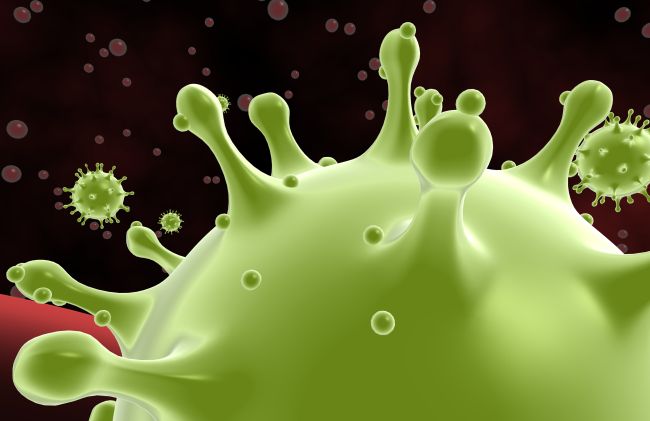
Will COVID-19 die down in summer? New tests could help answer that.
Physicists test empty coronavirus shells under different weather conditions.
Empty, mocked-up shells of the new coronavirus, SARS-CoV-2, may help explain how well the virus stands up to heat, humidity and other environmental changes.
The research, just launched by physicists at The University of Utah, is designed to help public health officials understand how the new coronavirus will react as the seasons change. One major question about the virus, which causes a disease called COVID-19, is whether summer will do anything to slow the spread.
“Coronavirus spreads similarly to the influenza virus — as small mucus droplets suspended in the air … Viruses lose infectivity because the particles lose structural integrity,” University of Utah physicist Saveez Saffarian said in a statement. “The physics of how the droplets evolve in different temperature and humidity conditions affect how infectious it is.”
Along with physicist Michael Vershinin, Saffarian has just received a nearly $200,000 National Science Foundation (NSF) grant to study how the virus’s protective outer shell responds to changes in heat and humidity. Viruses are not able to “do anything” on their own, as they are simply shells with genetic instructions tucked inside; when a virus invades a host’s cells, it uses that cell’s machinery to replicate itself, over and over again.
The research involves working with dummy versions of the virus’s protective outer shell. Using the sequenced genome of SARS-CoV-2, the researchers are building synthetic versions of these shells, with no viral genomes inside. This makes the shells uninfectious and safe to work with.
“We’re making a faithful replica of the virus packaging that holds everything together,” Vershinin said in the statement. “The idea is to figure out what makes this virus fall apart, what makes it tick, what makes it die.”
To manipulate the nano-sized dummy particles, Vershinin’s lab uses a tool called optical tweezers — essentially, focused beams of light. The light’s energy can be directed to move and probe individual molecules. Saffarian studies RNA viruses on a broader scale and is an expert in lab techniques that can track individual viral particles.
The researchers said they hope to find out how well the virus will transmit in different conditions, from outdoors in summer heat to indoors in air-conditioned offices. This could influence how long social distancing and lockdown policies will need to be in place.
“This is not a vaccine,” Vershinin said. “It won’t solve the crisis, but it will hopefully inform policy decisions going forward.”






